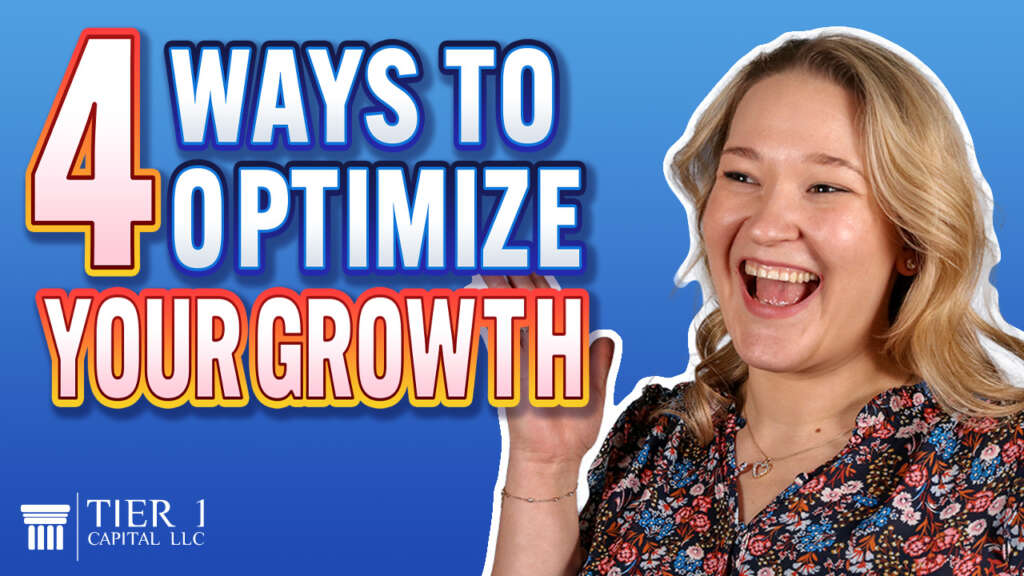
When it comes to specially designed whole life insurance policies aimed at cash value accumulation, understanding the order of operations for your premium deposits is crucial. Should you prioritize paying your base policy premium first, or allocate funds toward the paid-up additions rider?
Here’s the breakdown:
- Base Policy Premium: Initially, this may seem less efficient, but over time, it becomes incredibly effective. Every dollar invested here can multiply significantly due to the policy’s design, promising both a death benefit and a cash value equal to that benefit at maturity.
- Paid-Up Additions Rider: Ideal for early cash accumulation in your policy, especially within the first ten years. As the base policy gains efficiency, consider whether continued contributions to this rider are beneficial beyond this period.
- Policy Loan Interest: Addressing this next minimizes costs associated with borrowing against your policy’s cash value. It ensures that interest payments stay manageable and may even be returned to you as tax-free dividends, though this isn’t guaranteed.
- Policy Loan Principal: Lastly, reducing this directly enhances your policy’s cash value accessibility. While it doesn’t compound, paying down the principal expands your equity, making more funds available when needed.
Understanding these steps ensures you make informed decisions about your policy’s financial management.
To explore tailored whole life insurance solutions designed for cash value growth, schedule your free strategy session today. Remember, it’s not about how much money you make, but how much money you keep that really matters.
